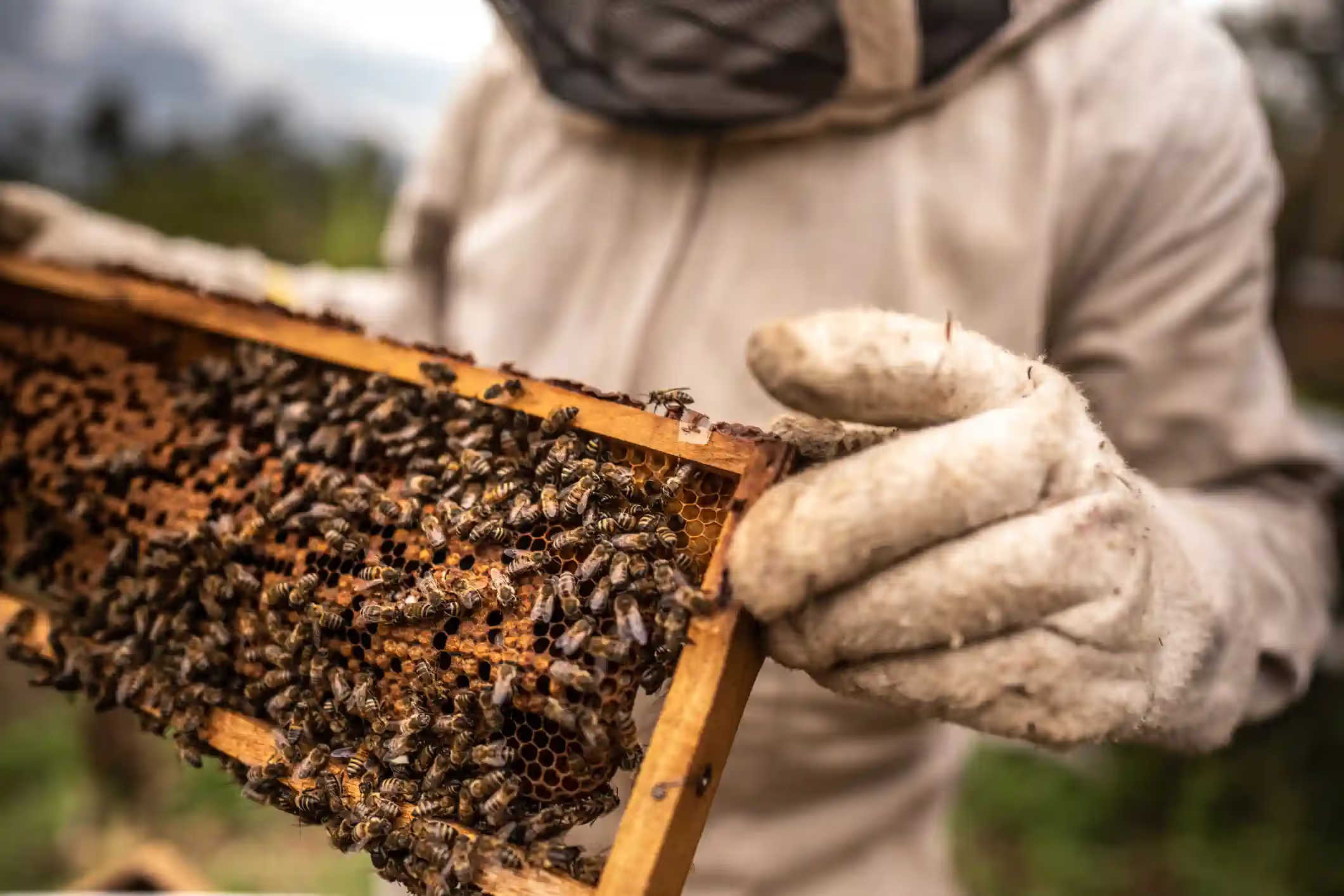

Bee Removal in Hudson, TX
Safe bee removal in Hudson, TX with Spot On Pest Control, LLC. Protect your property and family with fast and humane solutions. Call us today!

Bee Removal in Hudson, TX
When a bee hive appears on your property in Hudson, TX, it becomes both a safety concern and an environmental decision. Bee removal in Hudson, TX, with Spot On Pest Control, LLC., covers safe assessment of hives, humane relocation when possible, and secure removal when elimination is necessary.
This service includes professional evaluation of risks, humane relocation or necessary extermination, protective equipment and safety protocols, post-removal cleanup, and practical steps to prevent future hive formation in East Texas homes.
Why bee removal matters in Hudson, TX
Hudson sits in East Texas, where warm, humid summers and mild winters allow bees to stay active most of the year. With fruit trees, gardens, and wildflower corridors, the area attracts honey bees and native pollinators.
If left unchecked, a hive can:
- Grow large and create structural damage in walls or attics.
- Pose stinging risks to family members, neighbors, and pets.
- Attract other pests through wax and honey residue.
Because honey bees play a vital role in pollination for local orchards and gardens, Spot On Pest Control, LLC. prioritizes humane relocation whenever it is safe and feasible.
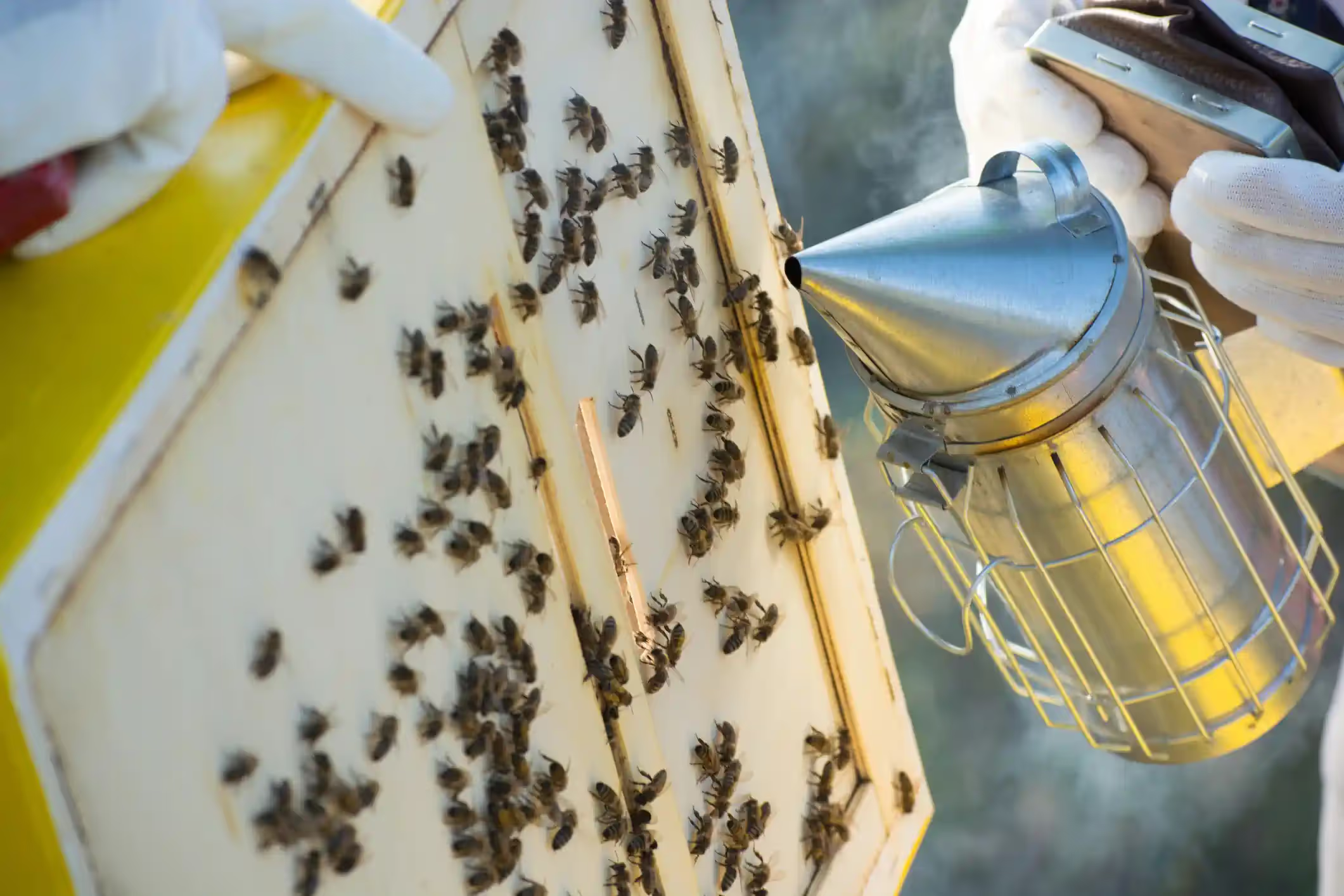
Common bee problems in Hudson homes
East Texas homeowners may encounter:
- Swarms found on trees, fences, or outdoor structures during spring and summer
- Hives inside attics, wall voids, soffits, or chimney cavities
- Ground hives in yards or under sheds
- Secondary infestations where wax and honey attract other pests such as ants, beetles, or rodents
- Recurrent hive establishment in the same location after DIY removal
Understanding the specific species is critical.
- Honey bees are the species most suitable for relocation.
- Carpenter bees bore into wood and may require different prevention tactics.
- Wasps and hornets are aggressive and are treated differently than honey bees.
Assessment and inspection process
A safe, effective bee hive removal begins with a thorough assessment:
- Visual inspection from a safe distance to identify species, hive size, and activity level.
- Determine hive access points and whether the colony is inside a structure, in the ground, or on external features.
- Evaluate immediate risks to occupants and livestock, including proximity to entrances, play areas, and beehives near power lines or utilities.
- Inspect for secondary damage: staining, honey seepage, or structural weakening from comb weight or moisture.
Accurate assessment informs whether humane relocation is possible, whether partial removal is safer, and what containment measures are required.
Humane relocation vs extermination
Humane relocation
- Preferred for honey bees because it preserves local pollinator populations and supports agriculture and gardens.
- Involves removing comb and the queen, placing bees into a transportable hive, and relocating the colony to an apiary or safe habitat.
- Requires careful timing (often at night when bees are less active), appropriate bee-handling techniques, and secure transport.
Extermination
- Sometimes necessary when the species is not honey bees (for example, certain wasps), when bees are deeply embedded in structural cavities and relocation is unsafe, or when there is a public health risk.
- Includes targeted treatments and removal of remnants to prevent attracting other pests.
- Extermination should be followed by removal of comb and honey to avoid lingering problems.
Professionals will weigh homeowner safety, feasibility of relocation, and local regulations before deciding the best approach.
Equipment and protective procedures
Safety is essential during bee removal, which is why Spot On Pest Control, LLC. uses:
- Full bee suits, gloves, and veiled helmets for physical protection
- Smoke or specialized tools to calm bees during removal operations
- Ventilated transport hives for relocation of live colonies
- Respirators and knockdown agents only when extermination is chosen and used according to safety guidelines
- Ladders, scaffolding, and containment barriers for work on roofs or tall structures
- Proper waste containment for honey-soaked materials to prevent secondary infestations
Work is often done during cooler hours when bees are less active. Communication with occupants to keep windows and doors closed is part of the protocol.
Risks and safety protocols
Working with bees carries known risks:
- Allergic reactions to stings can be severe or life-threatening; anyone with known allergies should be removed from the area.
- Disturbing a nest can provoke defensive swarming.
- Structural work to access hives can create fall or tool hazards.
Standard safety protocols include:
- Establishing a clear perimeter and notifying neighbors when necessary
- Wearing complete protective equipment
- Having emergency medical plans for severe stings
- Using methods that minimize agitation of the colony
- Avoiding DIY attempts on large or structural hives
Post-removal cleanup and restoration
Removing the bees is only part of the solution. Post-removal tasks restore the property and prevent recurrence:
- Remove all comb, honey, and residue to eliminate attractants for pests
- Dry and decontaminate affected building cavities to prevent mold and rot caused by moisture in honey
- Repair structural damage such as replacing insulation, sealing entry points, and patching wood
- Apply exclusion measures like screening vents, sealing cracks, and treating wood susceptible to carpenter bees
- Monitor the area for several months to ensure no remnants remain and no new colony establishes
Thorough cleanup reduces odors and staining and decreases the chance of attracting other insects or animals.
Preventing future hive formation in Hudson homes
East Texas conditions make prevention an ongoing effort. Key prevention strategies:
- Seal gaps around roofs, soffits, eaves, and foundation with caulk and mesh
- Maintain and replace damaged siding or rotting wood to deter carpenter bees
- Keep garages, sheds, and outbuildings in good repair and store firewood away from the house
- Limit exposed food and sweet waste in outdoor areas to avoid attracting bees and other insects
- Regularly inspect attics, crawl spaces, and chimneys during peak seasons for early signs of activity
- Consider planting pollinator-friendly gardens at a distance from high-traffic family areas to draw bees away from structures
Regular property maintenance plan combined with early intervention when swarms are seen will reduce the likelihood of large, established colonies in your home.
Benefits of timely, professional bee removal
Prompt professional intervention from Spot On Pest Control, LLC. protects people and property while preserving beneficial pollinators when possible. Properly handled bee removal and relocation minimize structural damage, avoid repeated infestations, and support the local ecosystem by relocating healthy honey bee colonies. For Hudson, TX residents, a balanced approach that considers local climate, pollinator importance, and home safety provides the best long-term outcome.
If a hive is present on your property, an informed assessment and a removal plan tailored to the situation ensure a solution that is safe, effective, and respectful of the role bees play in East Texas landscapes.
If a hive is present on your property, don’t take unnecessary risks. Let Spot On Pest Control, LLC. provide an informed assessment and removal plan tailored to your situation. Contact us today for safe, effective, and professional bee removal services in Hudson, TX, and surrounding East Texas areas!
Our Services
Our pest control services cover ants, termites, bed bugs, rodents, mosquitoes, and other common pests, with customized solutions for both residential and commercial properties.
.png)



